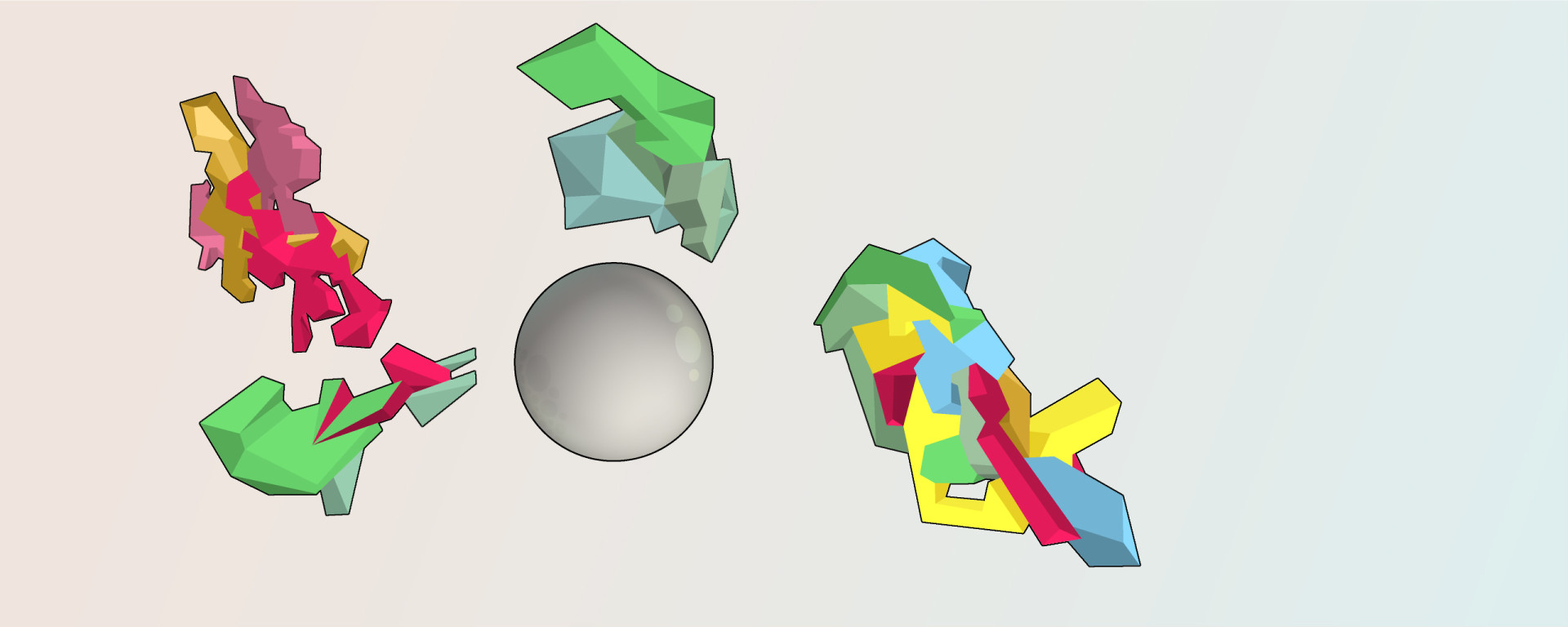Hierarchy of Alienness
Although the Ender’s Game series had a Hierarchy of Foreignness, SF still seems to have a lot of human-like aliens. So I’m suggesting a different hierarchy:
- Human
- Looks human, speaks an Earth language
- Humorous Humanesque
- look human for budgetary reasons
- appearance in-universe is explained by handwaving
- e.g., Ford Prefect from Hitchhiker’s Guide, Doctor Who
- You Wouldn’t Understand Our True Form
- look human most of the time
- appearance in-universe is that they change form for our convenience
- more powerful (or expensive visual effects) than you can possibly imagine
- e.g., Q from Star Trek, aliens from Contact (the movie), Thermians from Galaxy Quest
- Prosthetic Foreheads on Their Real Heads
- humanoid
- appearance is based on budget
- good for a thinly veiled metaphor
- appearance in-universe is explained as a ‘progenitor species’ / common origin
- Universal translator easily translates their language into English/Galactic standard
- e.g. Vulcan, Klingon, individual Borg
- ‘We’re Really Alien’ Aliens!
- non-humanoid but otherwise easy to communicate with
- higher budget and/or CGI
- e.g., Star Trek Discovery’s Tardigrade, Horta
- Abstract Idea
- not photogenic
- sentient form of something inanimate
- communication with humans is complicated
- e.g., Hooloovoo from Hitchhiker’s Guide, aliens from Contact (book), entire planet from Rick & Morty episode ‘Childrick of Mort’, Borg collective, heptapods from Arrival
